Sindhi cuisine is a delightful blend of bold spices, rich flavours, and unique cooking techniques. Each dish reflects Sindhi heritage and tradition, from hearty curries to crispy snacks. Whether new to Sindhi food or a longtime fan, these 10 delicious recipes are a must-try. Perfect for any occasion, they bring authentic flavours straight to your kitchen. Get ready to explore the best of Sindhi cuisine with these mouthwatering dishes!
1. Dal Pakwaan
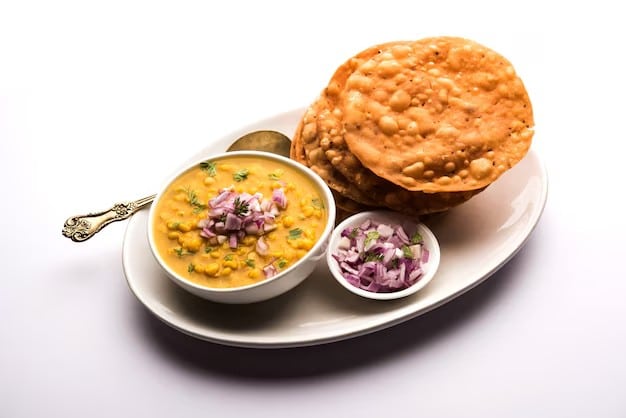
Daal pakwan
Dal Pakwaan is a classic Sindhi breakfast dish featuring crispy flatbread served with spiced chana daal and moong, commonly enjoyed in many Sindhi households. Topped with tamarind chutney, onions, and coriander, this flavourful treat is a delightful meal. To prepare, fry thinly rolled dough with cumin and carom seeds until crispy to make the Pakwaan. Boil chana dal and moong with spices to cook the daal. This hearty dish exemplifies Sindhi cuisine’s magic in turning simple ingredients into irresistible meals. Enjoy Dal Pakwaan anytime for its versatile and delicious flavours.
2. Koki
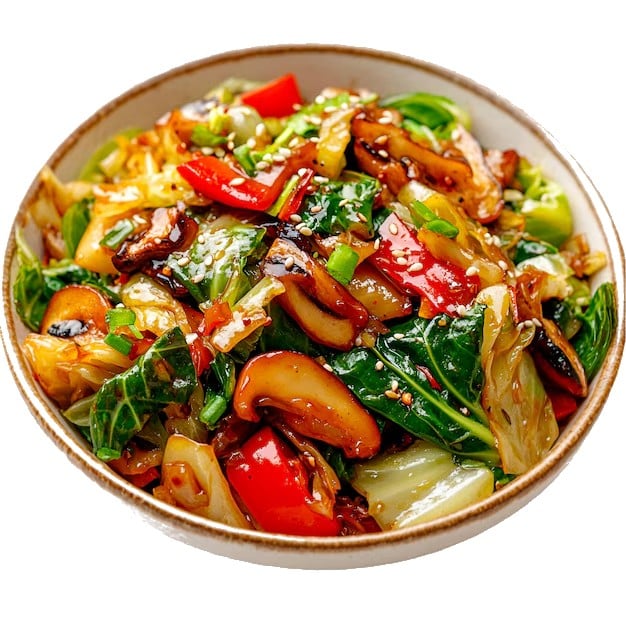
Stir-fried vegetables with mushrooms, peppers, and sesame
Next on our Sindhi culinary tour is Koki, a thick bread made with wheat flour and infused with spices like onions, coriander, cumin, and a chunk of desi ghee. Unlike thin rotis or chapattis, Koki is thicker and cooked until it forms dark spots, adding a rich aroma and flavour. The texture is unique, with a crispy surface and soft interior. When preparing Koki, cook it on low flame to ensure the layers cook evenly. Traditionally served with yoghurt, pickles, or ghee, Koki is a wholesome and versatile dish that brings the authentic taste of Sindhi cuisine to your table.
3. Seyun Patata
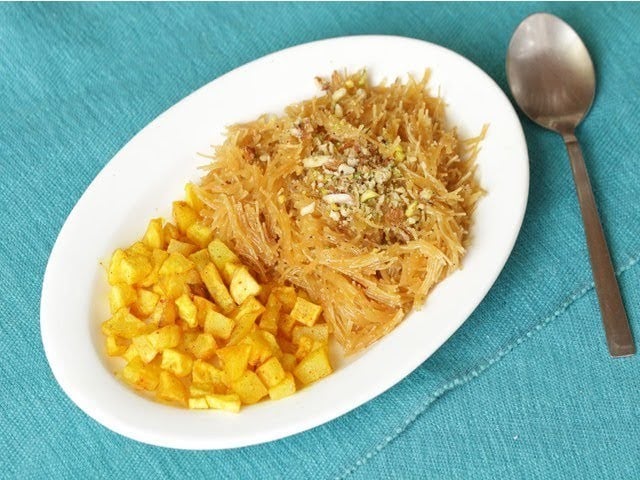
Sweet vermicelli with fried potatoes
Seyun Patata is a sweet dish combining vermicelli (Seyun) and boiled potatoes (Patata). Roasted in ghee, the vermicelli is mixed with sugar, water, and cardamom powder to create a fragrant, flavourful base. Boiled potato cubes are added, giving the dish a unique sweet-savoury twist. It is typically enjoyed as a breakfast or dessert and offers a perfect balance of sweetness and spice. A simple yet delicious treat, Seyun Patata is a wholesome start to your day.
4. Bhugi Bhaji
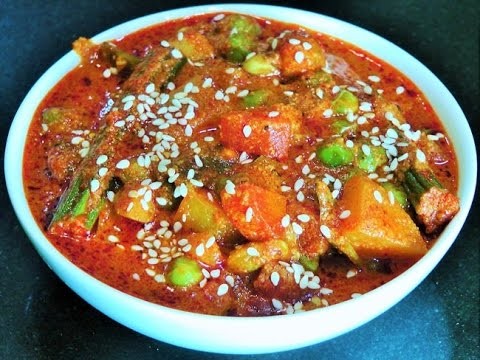
Stir-fried spicy potato dish
Bhugi Bhaji is a versatile Sindhi dish that combines assorted vegetables with various spices and traditional spices. The key ingredients are spinach, fenugreek leaves, carrots, potatoes, and crispy arbi. After tempering cumin seeds in oil, the veggies are sautéed with ginger, turmeric, coriander, and chilli powder. A squeeze of lemon juice enhances the flavours. This nutritious dish pairs well with curd, Bhakri or flatbreads like chapatis or rice.
5. Sindhi Kadhi
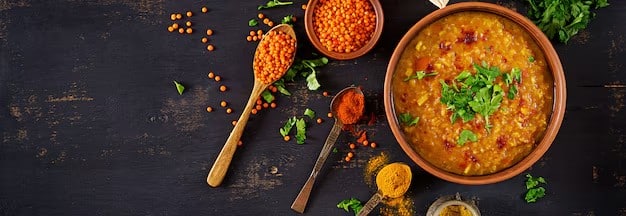
Tangy gram flour-based vegetable curry
Sindhi Kadhi is a flavourful curry blends various vegetables, including capsicum, in a tangy mango-spiky chickpea flour gravy enhanced by saffron. The dish is elevated by tempering fenugreek seeds, curry leaves, and mustard seeds. Key steps include boiling chickpea flour, preparing vegetables like drumsticks and potatoes, and simmering everything together. Enjoy this comforting dish hot with steamed rice for the true essence of Sindhi cuisine.
6. Seyal Teevan
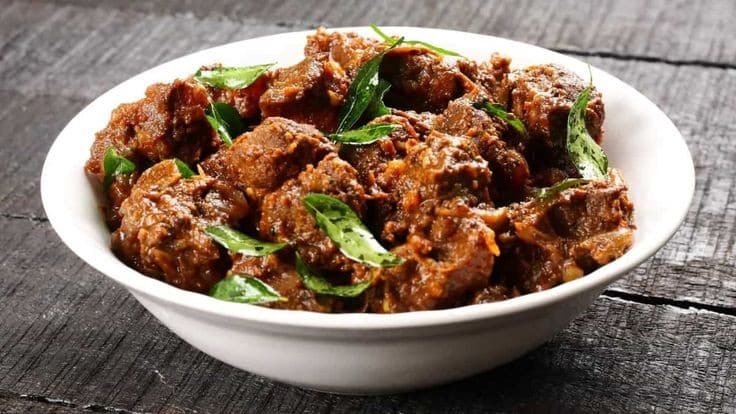
Spiced Sindhi curry with vegetables
Sindhi mutton curry, also Seyal Teevan, is a flavourful non-vegetarian dish. Juicy mutton chunks are cooked in an onion-based gravy with various spices. Slow marination and cooking give it a unique taste. The key is slow-cooking the mutton until tender and perfectly balancing the spices. Best enjoyed with bhakri or rice, this dish is a treat for meat lovers.
7. Sindhi Biryani
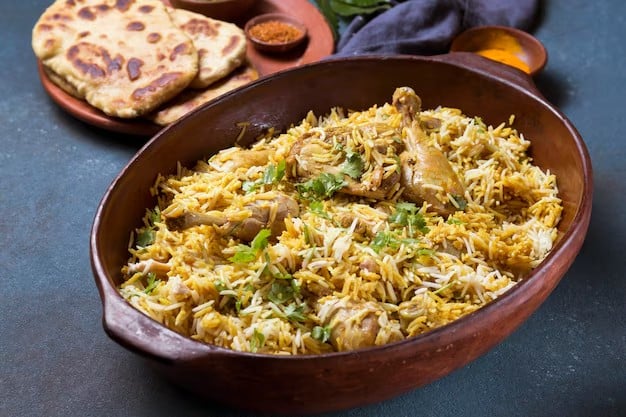
Aromatic rice dish with flavourful spices
Sindhi Biryani adds a royal touch to Sindhi cuisine. This dish features fragrant Basmati rice layered with chicken, mutton, or fish and a blend of key spices like cardamom, black pepper, cloves, cinnamon, and more. The preparation involves slow-cooking the layers to enhance the flavours typical of Sindh. Garnished with fried onions, mint, coriander, and boiled eggs, this dish is served hot with raita or a side salad for a genuinely authentic Sindhi experience.
8. Bheeya Ji Tikki
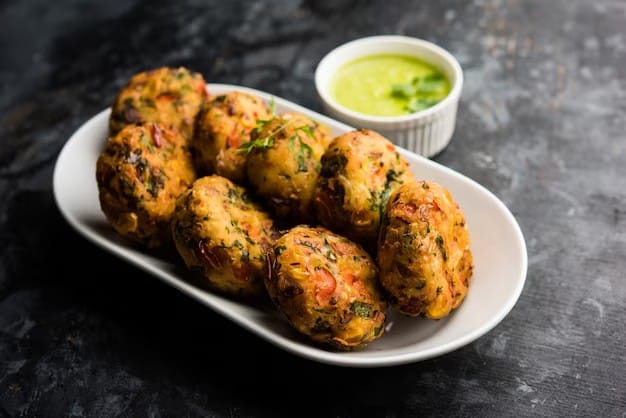
Crispy potato cutlets with chutney
Bheeya Ji Tikki is a traditional Sindhi snack made from lotus stem, or ‘Bheeh’, commonly referred to as beeh in Sindhi. The lotus stem is coarsely ground and mixed with aromatic masala spices to create a flavourful stuffing, which is then shaped into flat rounds. These tikkis are coated with chickpea flour and deep-fried to a golden crisp, offering a perfect blend of crunchy and soft textures. Served as a snack with evening tea or as a party starter, they are best enjoyed with spicy mint or sweet tamarind chutney. Bheeya Ji Tikki is a true gem in Sindhi cuisine, with its unique ingredients and delightful flavours.
9. Chaap Chola
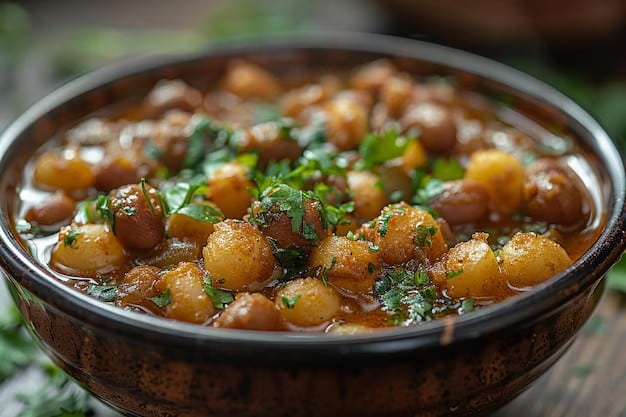
Spicy chaap with chickpea curry.
Chaap Chola, a Sindhi appetiser, consists of mashed potato patties (chaap) and spiced white chickpeas (Chola) with a twist of ground char magaz. The patties are deep-fried until golden and served with a flavourful chickpea curry. Garnished with green chutney, tamarind chutney, onions, coriander, and sev, this dish offers a delicious blend of spicy and crunchy flavours. It’s a perfect snack for evening cravings. Chaap Chola is a sinful indulgence that’s worth every bite!
10. Mithi Koki
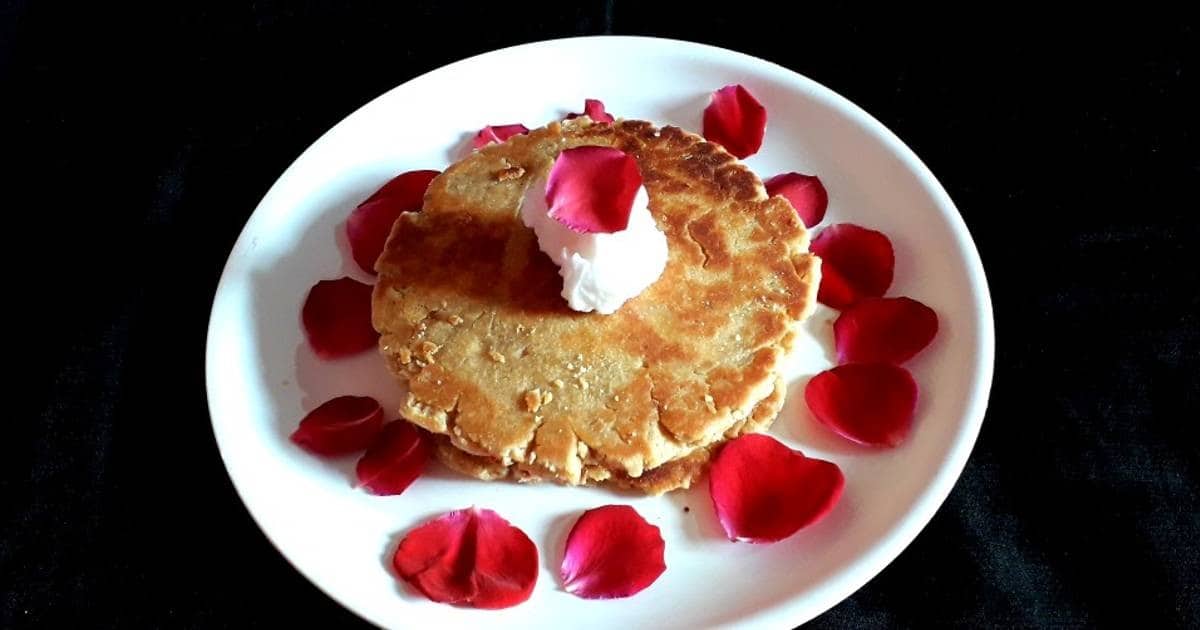
Traditional Sindhi flatbread with spices
Mithi Koki is a sweet variation of the Sindhi classic, Koki, enjoyed during Thadri. Adding sugar to the wheat dough gives it a unique texture, earning it the name ‘Mithi,’ which means ‘sweet’ in Sindhi. This sweet rice flour bread is simple yet flavourful, made with whole wheat flour, ghee, and sugar. When shallow-fried until crisp and golden and served hot with ghee or milk, Mithi Koki offers a satisfying end to any Sindhi meal, perfect for special occasions.
Conclusion
Sindhi cuisine offers a diverse range of flavours and aromas. There’s something for everyone, from breakfast options like Dal Pakwaan to main courses like Bhugi Bhaji and Sindhi Kadhi. Non-vegetarians can enjoy Sindhi Biryani and Seyal Teevan, while sweet dishes like Seyun Patata and Mithi Koki provide the perfect ending to any meal. Each dish showcases the vibrancy of Sindhi culture and transforms simple ingredients into a culinary delight. Despite being less globally recognised, Sindhi cuisine’s unique flavours and nutritional value deserve more attention. Explore these irresistibleSindhii recipes to elevate your meal experience.
Frequently Asked Questions
What is famous Sindhi food?
Dal Pakwaan, Sindhi Biryani, and sai bhaji, including the popular Sindhi curry Saibhaji dish, are some of the most well-known dishes in Sindhi cuisine. People across India and the globe enjoy them as part of their daily diet. Cashew Sindhi koki and Seyal Teevan are also beloved delicacies that reflect the versatile taste of Sindhi food.
Do Sindhi people eat non-vegetarian dishes?
Yes, Sindhi people, especially those following Islam, widely consume non-vegetarian dishes like Seyal Teevan (mutton curry) and Sindhi Biryani. However, there’s also a great variety of vegetarian dishes, making Sindhi cuisine accessible to all food lovers.
What is a traditional Sindhi breakfast?
Traditional Sindhi breakfast usually includes Dal Pakwaan or Aloo Koki. While Dal Pakwaan combines crunchy Papad-like bread with lentil curry, Koki is a dense roti-like bread flavoured with onions and spices. It is relished with yoghurt or pickles. Both are nutritious and filling options for the day, often served alongside comforting porridge and dry fruits to complete the meal.

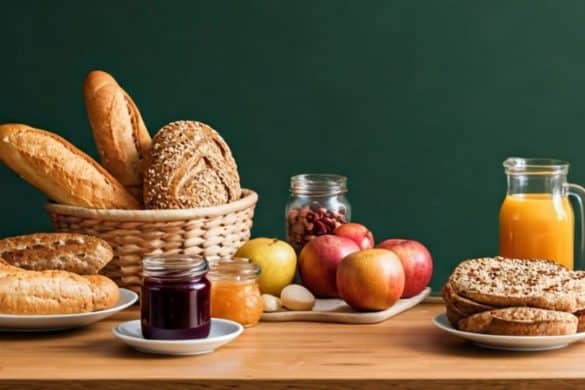

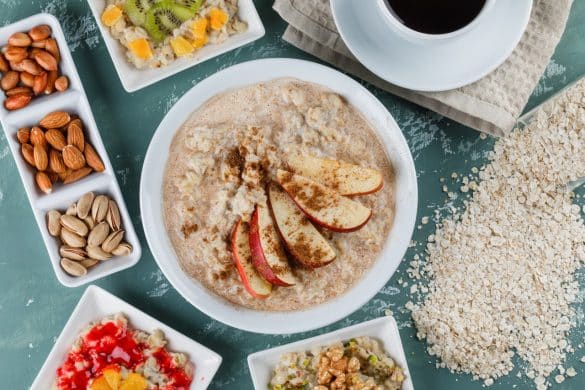


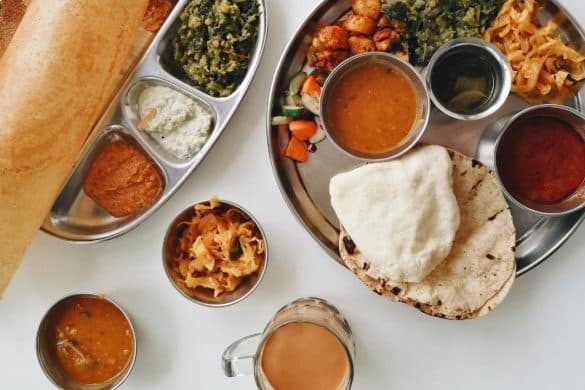

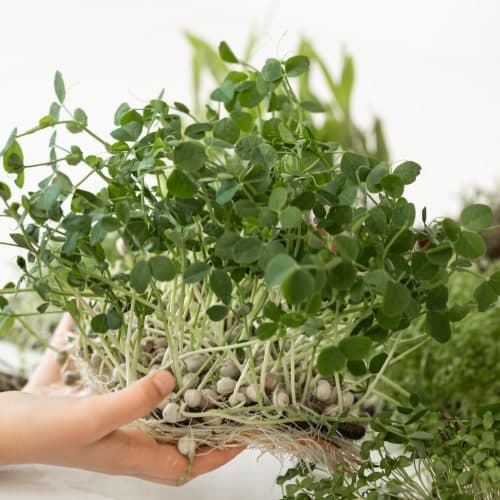

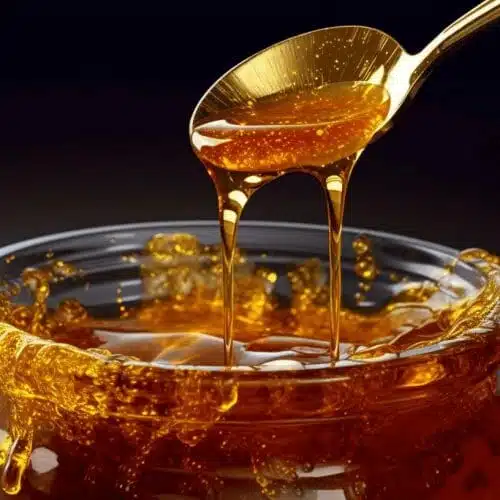


1 comment
nice